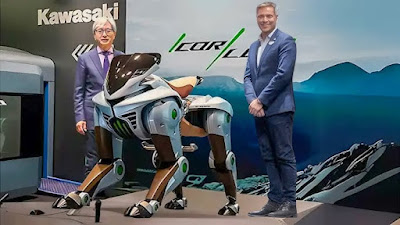
Electric Rebellion - In a world where automotive boundaries are constantly redefined by electrification, artistry, and innovation, a rare breed of creators continues to bridge the gap between heritage and the future. One of the boldest and most dazzling examples of this connection has emerged through an unexpected collaboration: Magnus Walker—the gritty,...







